There are too many to count and certainly too many to mention: when floods hit northern NSW, thousands of women and men suddenly found themselves in roles they didn’t expect.
They became rescuers, helicopter coordinators, accommodation hunters and food deliverers. They became the mud army, mobilised to leave thousands of homes as liveable as they were before waters rose on the 1st of March.
And they became part of the Koori Mail crew, flooded out of their Lismore HQ but fighting for Aboriginal communities and futures.
Some of these women generously gave us their time amidst the aftermath and exhaustion. Here are their extraordinary stories…
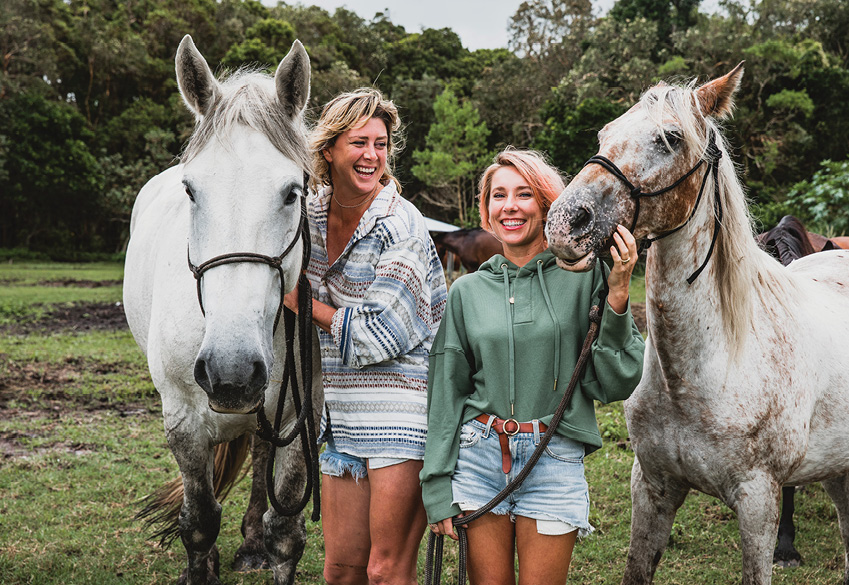
THE ANIMAL RESCUERS: Kate Noller, 35, from Byron Bay and Pauline Allin, 37, from Broken Head
It began with a single horse trapped in rising flood waters in Woodburn.
“A friend posted a heart-wrenching video of a horse that was drowning,” recalls Pauline Allin, who works in marketing and as a horse carer, of the moment she realised this was no ordinary flood. By the next day, she was coordinating a rescue boat helmed by friends including Kate Noller, the owner of Zephyr Horses.
They didn’t find the horse. Battling the sheer scale of the inundation, the trip showed them the enormity of what they were facing.
“It was very dangerous. We were capable, but the reason we had to mobilise was that we realised no help was coming, we had to do it ourselves,” says Kate. “We were not prepared on that first day for what we were going to see … we came back mentally shattered”.
It was the first of scores of missions into NSW’s decimated Northern Rivers region, where the pair have become instrumental in leading vets and farmers in the unfathomable task of rescuing many thousands of horses and cows.
They reunited a newborn calf with its mother four days after being separated and dropped hay where they could. But for every rescue, they watched, helpless, as hundreds more animals drowned. One farmer estimates that 70 per cent of all livestock in the region has perished in the flood.
The pair’s GoFundMe page has now raised more than $140,000, and their goal is to establish a taskforce to help avoid such deadly outcomes in future floods.
“We can’t prevent the rain,” says Kate, “but we are able to make sure that there are systems in place to prevent this from happening again.”
THE TECH HERO: Alisha Williams, 30, from Brisbane created a digital platform to coordinate the recovery.
It took Alisha Williams four-and-a-half hours to write the software that became central to coordinating housing and donations in the aftermath of northern NSW’s floods.
FloodsRecovery2022.com began as a way to support friends affected by the Queensland emergency, but when floods then ripped through NSW, the e-commerce business owner saw an urgent need for accurately connecting those who need help with those offering help. Learning the size of the task, she drove to Byron Bay, basing herself close to where the need was greatest, and started collecting a team of volunteers who now help her with every element of the job.
Her “bare bones” interface answered an enormous need: Within 72 hours, her site had 20,000 followers, with posts garnering 15,000 views each. It led to families being housed, counsellors being linked to victims and homes being cleared and cleaned.
“When you’re here and you see people in these communities, you see how much people desperately need each other,” she says.
She knows that need won’t dissipate with the flood waters – “because it doesn’t feel like anything’s under control yet” – but, like all of the helpers she has met, she suddenly finds herself far from her home and her business, working intensely with strangers.
“Midway through conversations with volunteers,” she says, “we stop and say ‘Isn’t this surreal, how did this happen?’”
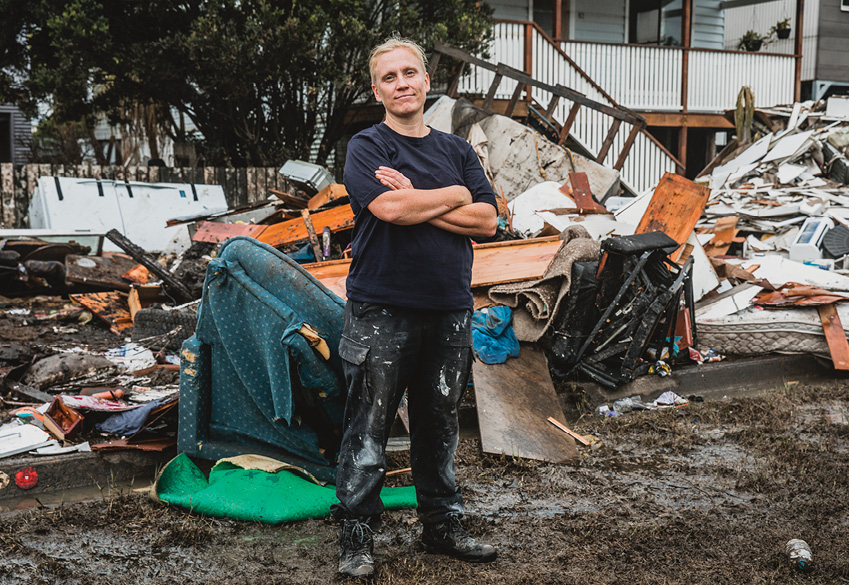
THE PARAMEDIC: Sarah Black, 40, from Federal spent hours trekking through the bush to reach injured flood survivors
When the emergency call came in, there was little Mullumbimby ambulance station officers could do to get help to Upper Wilson’s Creek.
A massive landslide had careened through Shafiqa Irwin’s home, crushing her ankles. The only road in was cut off by torrential flood waters and a fallen tree.
“I knew she was up there with some horrific injuries, I knew I had to try,” says paramedic Sarah Black, who monitored flood levels then, with her boyfriend, drove as far as she could before hiking through bush, skirting floodwater by following the ridgeline. More than three hours after they set off – and 13 hours after the accident – they reached the destroyed home and the cabin Shafiqa had been taken to.
“They didn’t expect us to turn up and they didn’t know anyone was coming. It was pretty good to see the look on their faces,” Sarah says of the moment she arrived. Even with a satellite phone, communications were severely impacted and a helicopter was unable to land. They left by road the following day when the water had subsided, and Shafiqa is now recovering at Gold Coast University Hospital.
Sarah is no stranger to working through natural disasters but says this flood is “beyond anything” she has seen. Mullumbimby has pulled together unlike ever before and, on her day off, Sarah and 30 other paramedics worked to help three colleagues who lost homes in Woodburn.
“The community response has been phenomenal,” she says. “It has blown me away.”
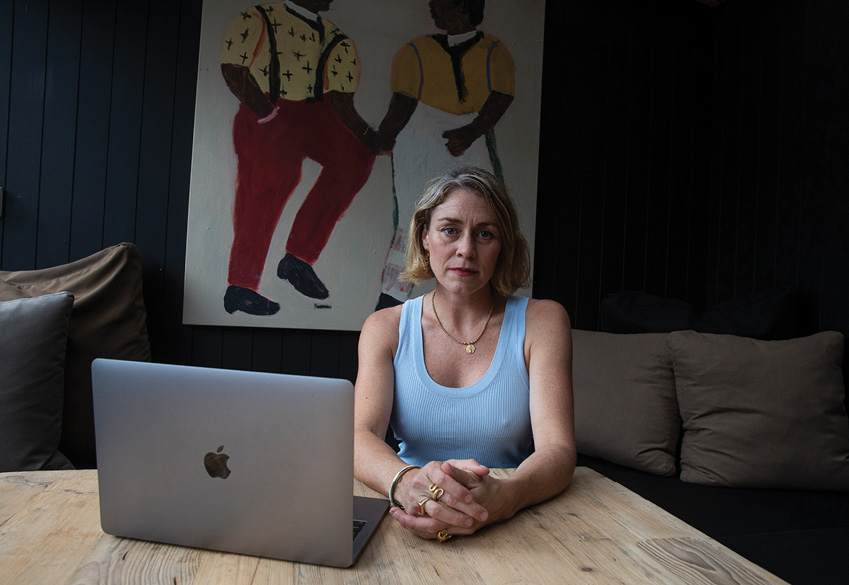
THE COMMUNITY CONNECTOR: Jacqui Lewis, 41, from Mullumbimby Creek marshalled volunteers to deliver aid.
“It was absolute carnage left, right and centre,” Jacqui Lewis recalls of the flood disaster that swept through her region. “What I was seeing was so horrific and there was no help coming. To say the stress levels were high would be a total understatement.”
On top of lost homes and injuries, there was no fresh water, electricity and potentially life-saving phones and internet.
With a team of volunteers, The Broad Place meditation teacher and mentor swiftly set up a triage system at Mullumbimby Civic Centre, working out how to dispatch help. It was ad hoc but effective: they organised helicopters, rescue teams, clean water and supplies. They raised many thousands of dollars and, critically, reconnected communities with communications.
She fought for media attention and reached out to Elon Musk via Instagram, eventually securing a donation of 100 Starlink satellite internet systems – an offer that was then stymied by bureaucratic red tape.
It seems a stretch from her usual role, but to Jacqui, the work is a “giant extrapolation” of her skills at a unique moment that has come to define the local spirit. “This community is like a big, beautiful protective web,” she says. “People go out of their way to help others. That’s rare in modern society.”
Her focus has now shifted to ensuring a failure of governmental leadership and crisis services in disasters is never repeated. “The Australian people have been so let down.”




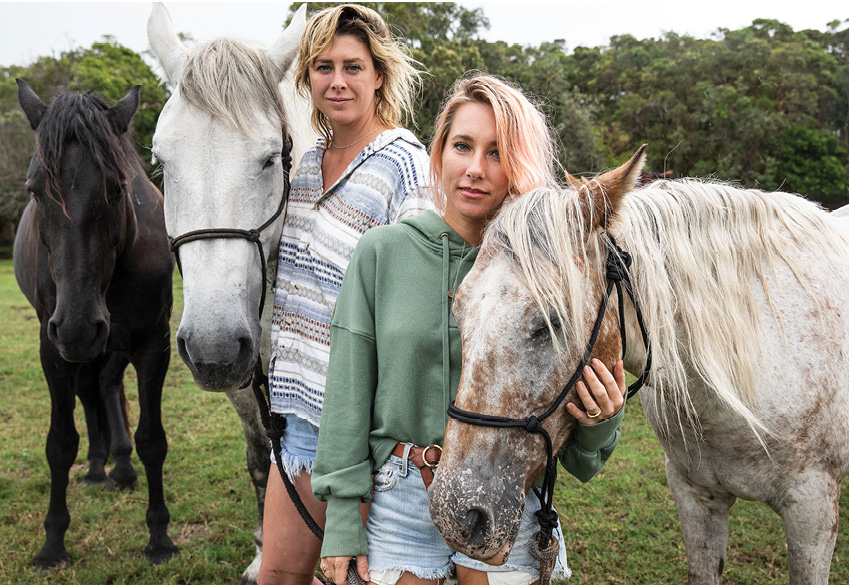


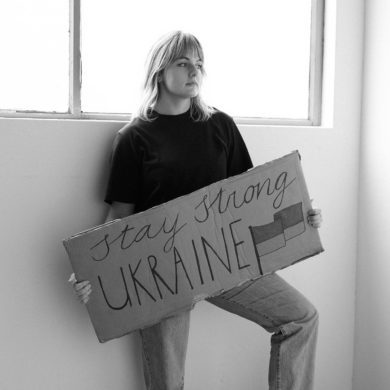

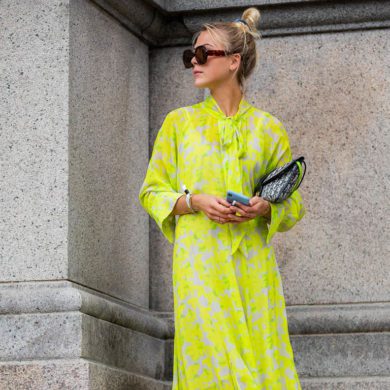
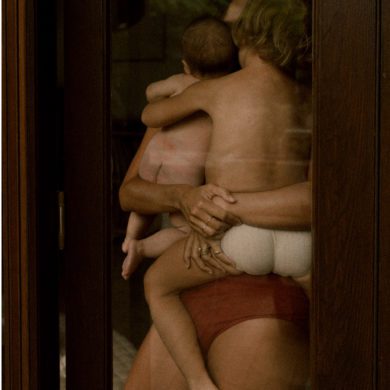

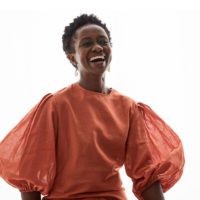
No Comments